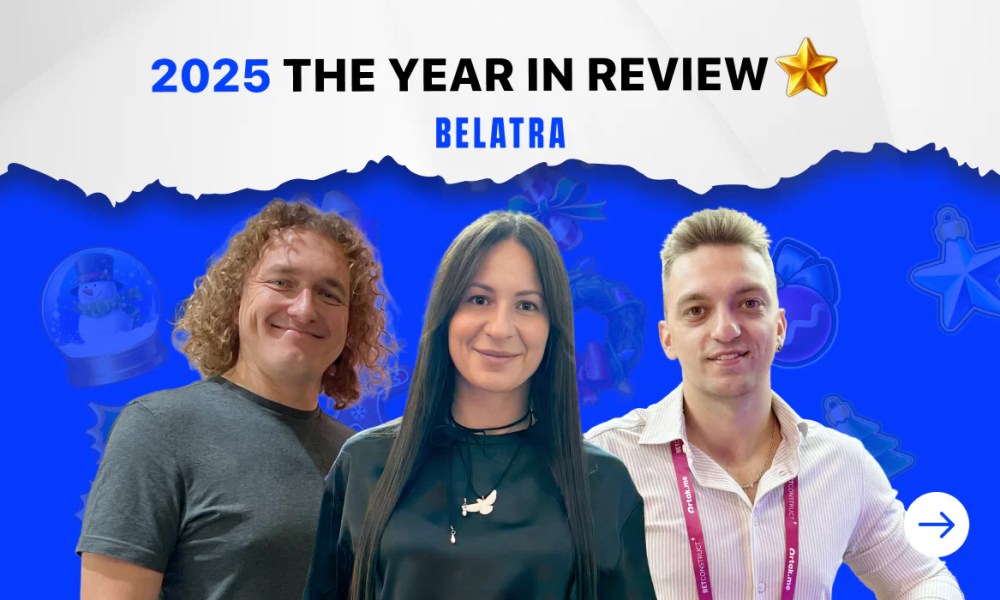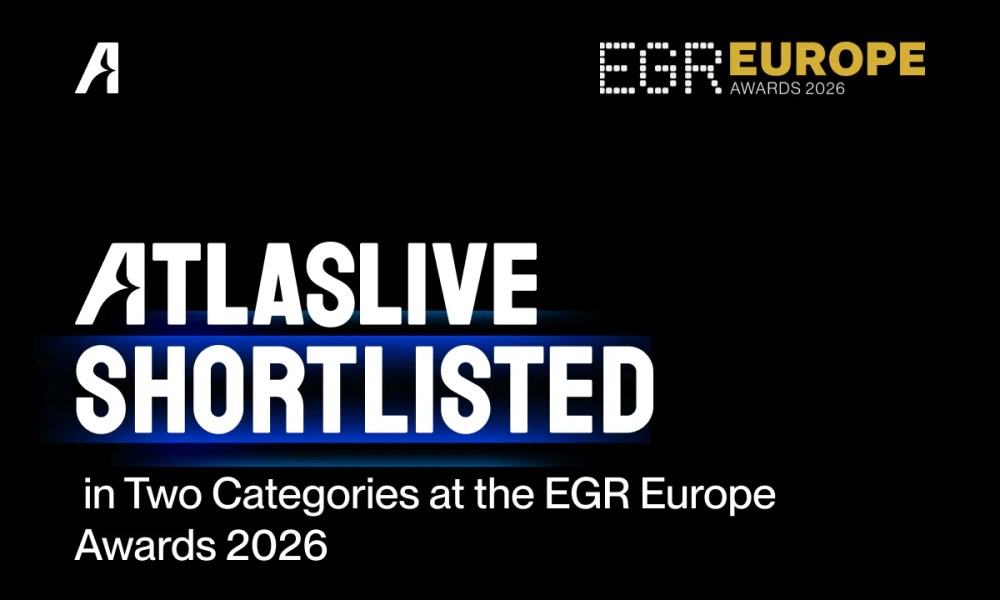Latest News
Online Gambling Addiction & Seniors
According to some studies, gambling addiction among the elderly is increasing! Even if, according to statistics, the largest group of casino players is ranging from 18 to 54 years. However, it seems that the older players have weak will power.
Although the efforts of charities and anti addiction bodies have been directed to younger players. These studies will lead them to look at the elderly group who appear to be at greater risk!

The most important question here is why older people become addicted to gambling? In fact, gambling addiction does not include drugs, but it is like any other addiction in motives. The addict suffers from deep social and financial disorders. Although he resorts to gambling or alcohol to relieve these pains, he suffers from more crises. This is a vicious cycle that leads to the destruction of the addict’s life!
Recent studies add a new dimension to the problem. As they have shown that lack of entertainment and weak family and social boundaries make them more interested in betting, gambling, stock exchange, forex, and all risky activities; Because it gives them excitement and fun that they lack in their daily lives.
Why Are the Elderly Addicted?
Although the stereotype of the senior people shows them living in ancient times and unable to use the modern tech; this is of course not true! Nowadays old people are avid users of the internet and all tech. They love all kinds of games just as much as youngsters or maybe even more!
For example, in Las Vegas casinos older people represent 1 in every 3 players. In France, 1 in every 2 players at online casinos is over 55. While in the UK, several studies show that 47% of seniors have visited casino at least once in a year.
Old studies that overlooked the gambling addiction among the elderly concluded that the game’s attraction decreases as we get older; So, children and teens are the most interested group in all kinds of games. Followed by young people. Then adults. While players over 55 years aren’t on games.
However, recent studies have shed light on a new trend. More than 30% of people between the ages of 55 and 75 gambled at least once during the current year. Surprisingly, these numbers include both men and women since it is known that women are always a safe distance from gambling addiction.
Not Every Old Gambler Is Addict
It is important to clarify that these numbers do not mean that every old gambler is addicted. But they do suggest the severity of gambling addiction among the elderly only.
In fact, it is very difficult to conduct a direct study to determine the percentage of gambling addicts in a society because the addict does not consider himself an “addict”. Also, it is difficult to convince him to answer all the research questions. In addition, there are a lot of other tasks that involve “gambling” even though it is not casino games. For example, trading forex, CFDs, stock exchange and others. Therefore, this matter requires social campaigns directed to this group.
Could Gambling Addiction Among the Elderly Become More Serious?
Gambling addiction among the elderly is a unique phenomenon in addictive psychology. Although the producers of virtual gambling games and online casinos are preparing their products to suit the younger players, they are attracting seniors more and more deeply!
With the spread of the Corona virus, this phenomenon has taken a completely new direction. At a time when no one felt safe in their life or work, the number of online casino players has increased and their bets have doubled! This means that online gambling does not provide fun just like soap operas and movies, but are an escape from life pressures.
At a time when the media was saying that the pandemic did not pose a threat to the lives of the young. It was saying that the elderly is the most likely to die from it, which is certainly immoral. Perhaps these players found an escape from all negative thoughts only in online casinos!
Taking a more extensive and in-depth look, gambling and sports betting is only a limited part of the problem! Some old person who does not gamble may have the same urges as their addicted peers, and these urges may come in the form of compulsive shopping, disordered eating, or even self-harm.
In addition, the pensions may be enough for the elderly to get an affluent life. So, they may resort to trying their luck at gambling exactly like any person with financial problems.
Current Efforts to Combat Gambling Addiction
Although virtual gambling addiction is a global problem, efforts to combat it remain inadequate. The UK is the most advanced country in this field, and the UK Gambling Commission has made great efforts to tackle this problem. The last decision by the commission was to adopt the GamStop service and require all UK casinos to integrate it. More info.
GamStop is a service that provides free self exclusion for players prone to gambling addiction. The period of exclusion ranges from 6 months to 5 years. During which time the player will not be able to access any of the British gambling sites. However, there is a serious loophole that undermines the effectiveness of this service which is the non UK casinos that are not on GamStop! Therefore, a new service has been launched, GameBan, which allows the player to specify the sites that he does not want to access again on all his devices. Since this app cannot be deleted afterwards, it may be effective in filling the gap of GamStop.
Media Responsibility
It is clear that there the media has a great influence to tackle gambling addiction among seniors.
Instead of the bad trend that seeks to devalue the elderly. The media should encourage them to participate in society and perform constructive tasks that help them and others.
We live in a tough world where everyone is looking out for their own interests and forget the others. So, it is important to maintain the positive bonds that bring us together. Dealing with the pandemic on the grounds that it does not harm young people and is only harmful to seniors was a fatal flaw! And it is a lesson for all media in professionalism and humanity as well.

Latest News
From ‘Mummyverse’ to Crash Games: Belatra Reviews a Landmark 2025
Editor’s Take
Why this matters: Belatra has been a steady hand in the slots world for a long time, but 2025 marked a distinct shift in strategy. By entering the Crash vertical with Goose Boom Bang and winning big at SiGMA Africa, the studio is clearly pivoting to capture the high-growth, high-frequency players in emerging markets. They are no longer just a “classic slots” developer; they are diversifying the portfolio to ensure relevance in regions like LatAm and Africa.
The Full Story
Belatra Games, the specialist online slots developer, has issued a strategic review of its 2025 operations, celebrating a 12-month period defined by entry into new game verticals, significant franchise expansion, and high-profile industry recognition.
The year was characterized by a dual strategy: deepening engagement in established markets while aggressively expanding its content portfolio to suit local preferences in emerging territories.
Portfolio Evolution: Crash and Battles 2025 saw Belatra move beyond its traditional slot roots. The company made its debut in the high-demand Crash game vertical with the launch of Goose Boom Bang, a title designed to tap into the fast-paced gameplay preference of younger demographics.
Additionally, the studio introduced a fresh game concept with the launch of Battles, a new format unveiled for the first time in 2025, with further development planned for 2026.
The ‘Mummyverse’ Expands For fans of classic slots, the highlight of the year was the aggressive expansion of the Mummyverse. Belatra nearly doubled the size of this franchise over the year, making it the most extensive game universe in their entire catalog.
The developer also focused on B2B localization, releasing a number of exclusive bespoke games created specifically for selected operator partners to meet specific local market tastes.
Awards and Recognition The company’s strategic shifts were validated by industry accolades. Belatra secured over 30 nominations throughout the year, with standout wins including:
-
Best Slot Provider (awarded by BitStarz).
-
Most Played Game of 2025 for Make It Gold at the SiGMA Africa Awards.
-
Player’s Pick Award.
Management Commentary Misha Voinich, Head of Business Development at Belatra, commented on the studio’s momentum:
“This year has truly defined who we are as a studio – ambitious, creative and focused on building long-term partnerships. We’ve expanded our universes, launched new ones and entered exciting new markets that will all help us carry this momentum into the New Year.”
The post From ‘Mummyverse’ to Crash Games: Belatra Reviews a Landmark 2025 appeared first on Gaming and Gambling Industry Newsroom.
Latest News
‘Chaos and Soul’: Ebaka Games Plots Global Expansion After Viral Launch
Editor’s Take
Why this matters: The “Instant Game” vertical (Crash, Plinko, Mines) is becoming crowded, but Ebaka Games is cutting through the noise with a distinct brand personality. By securing BMM Testlabs certification so quickly after launch, they are signaling to Tier 1 operators that despite their “chaotic” marketing vibe, the math underneath is solid and compliant. The backing of industry veteran Dmitry Belianin also adds immediate commercial credibility to the startup.
The Full Story
Ebaka Games, the fledgling studio that promises to bring “chaos and soul” to the iGaming sector, has outlined an aggressive growth strategy for 2026 following a landmark launch period in late 2025.
The studio, which officially debuted in November, reports that its initial rollout reached more than five million people worldwide. The launch saw its portfolio go live with the operator Menace, serving as the initial testbed for its mechanics and “Ebaka modes.”
The Product: Instant Games with Personality Ebaka is bypassing traditional slots to focus on the high-growth vertical of fast-paced, instant-win games. Their initial lineup includes:
-
Plinko
-
Mines
-
Tower
-
Limbo
-
Crash
Differentiation is achieved through unique mascots and signature gameplay tweaks designed to offer high win potential and distinct visual identities, moving away from the generic interfaces often found in this genre.
Regulatory Milestone Crucially for its 2026 roadmap, Ebaka Games has confirmed it has secured certification from BMM Testlabs. This accreditation validates the fairness and integrity of its RNG (Random Number Generator) and game engines, removing a major barrier to entry for regulated markets. With this certification in hand, the studio plans to launch with a number of “major brands” in the coming year.
Management Commentary Vitalii Zalievskyi, CEO of Ebaka Games, commented on the studio’s unorthodox approach:
“It’s only been a few weeks since we first introduced Ebaka Games to the world. The feedback has been breathtaking, and it vindicates the decision for us to take a different path to the rest of the industry. You don’t need huge marketing budgets to grab people’s attention if you are building something truly innovative.”
Industry Backing The studio describes itself as being “created by players for players” but boasts significant industry firepower in its corner. The team includes Dmitry Belianin, a well-known figure in the sector who is the co-founder of Blask and Menace, as well as Managing Partner at Already Media.
The post ‘Chaos and Soul’: Ebaka Games Plots Global Expansion After Viral Launch appeared first on Gaming and Gambling Industry Newsroom.
Latest News
Racing Meets Nightlife: SBK Backs ARC’s New ‘Friday Night Live’ Series
Editor’s Take
Why this matters: British racing has a well-documented demographic problem; its core audience is aging. “Friday Night Live” is a direct attempt to fix this by blending high-stakes racing with the “experience economy” (DJs, nightlife vibes) that appeals to Gen Z and Millennials. Bringing SBK on board—a mobile-first, app-only sportsbook—is a perfect demographic fit, while the Racing Post adds the necessary credibility to ensure the actual racing product remains the focus.
The Full Story
Arena Racing Company (ARC) has unveiled the strategic commercial lineup for its upcoming Friday Night Live series, confirming SBK as the Exclusive Betting Partner and The Racing Post as the Official Media Partner.
Set to launch in January 2026, Friday Night Live is a new initiative created in collaboration with youth-focused events company INVADES. The series is designed to overhaul the traditional race day experience, featuring fast-paced fixtures under floodlights, DJ sets, and significant entertainment elements sandwiched between races.
The Commercial Deal
-
SBK: As the exclusive betting partner, the Smarkets-owned sportsbook will take naming rights and on-course branding for all 35 races. Crucially, these races will be broadcast live on mainstream television via ITV Racing as well as Sky Sports Research.
-
The Racing Post: As the Official Media Partner, the publication will provide content, coverage, and promotion across its digital platforms, aiming to bridge the gap between established racing purists and the new audience ARC hopes to attract.
A High-Stakes Experiment The series is not just a marketing exercise; it carries serious sporting weight. Each of the five scheduled nights will feature over £200,000 in prize money. The fixtures will rotate across three of ARC’s all-weather tracks: Wolverhampton, Newcastle, and Southwell.
Management Commentary David Leyden Dunbar, Group Director of Commercial Strategy at ARC, was clear about the target audience:
“We have been very clear that one of the aims of Friday Night Live is to engage the next generation of racing fans… Both [partners] have shown real enthusiasm to work with us… as well as using the platform that these fixtures will offer them to also engage with more established racing and sports fans.”
Adam Baylis, Marketing Director at SBK, added:
“Friday Night Live [is] a fresh and engaging concept that brings a new energy to British racing. SBK has always been built around sport… our focus is on enhancing the live race day experience in a fun, social and responsible way.”
The 2026 Schedule The series kicks off immediately in the new year:
-
9th Jan: Wolverhampton
-
6th Feb: Newcastle
-
20th Feb: Southwell
-
20th March: Wolverhampton
-
27th March: Newcastle
The post Racing Meets Nightlife: SBK Backs ARC’s New ‘Friday Night Live’ Series appeared first on Gaming and Gambling Industry Newsroom.
-

 Latest News2 weeks ago
Latest News2 weeks agoSCCG Announces Strategic Partnership with Yellow Elephant Studios to Expand Multi-Channel Gaming Content Worldwide
-
Latest News3 months ago
Announcement: 25th September 2025
-
Latest News2 months ago
JioBLAST Launches All Stars vs India powered by Campa Energy: A New Era of Creator-Driven Esports Entertainment
-
eSports1 month ago
CS:GO Betting Gains Momentum in the iGaming Sector
-
Latest News3 months ago
The Countdown is On: Less Than 3 Months to Go Until The Games of The Future 2025 Kicks Off in Abu Dhabi
-
Latest News3 months ago
Evolution launches Sneaky Slots — a Bold New Slot Studio
-
Latest News3 weeks ago
THE 2025 PUBG MOBILE GLOBAL CHAMPIONSHIP GROUP STAGE WRAPS UP WITH LAST CHANCE IN SIGHT
-
Latest News3 months ago
Leading The Charge! Euronics Group Joins LEC As Official Electronics Retail Partner












